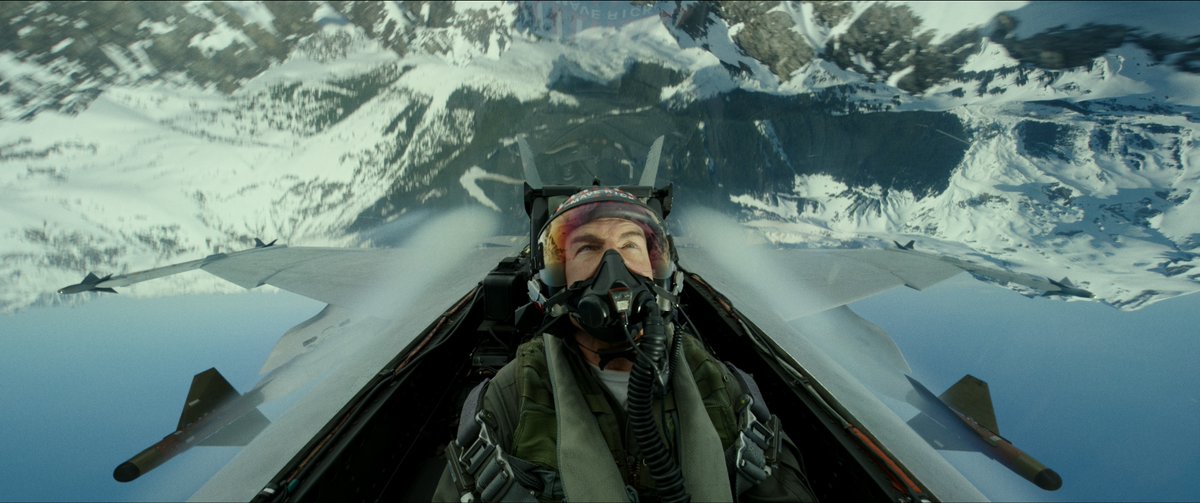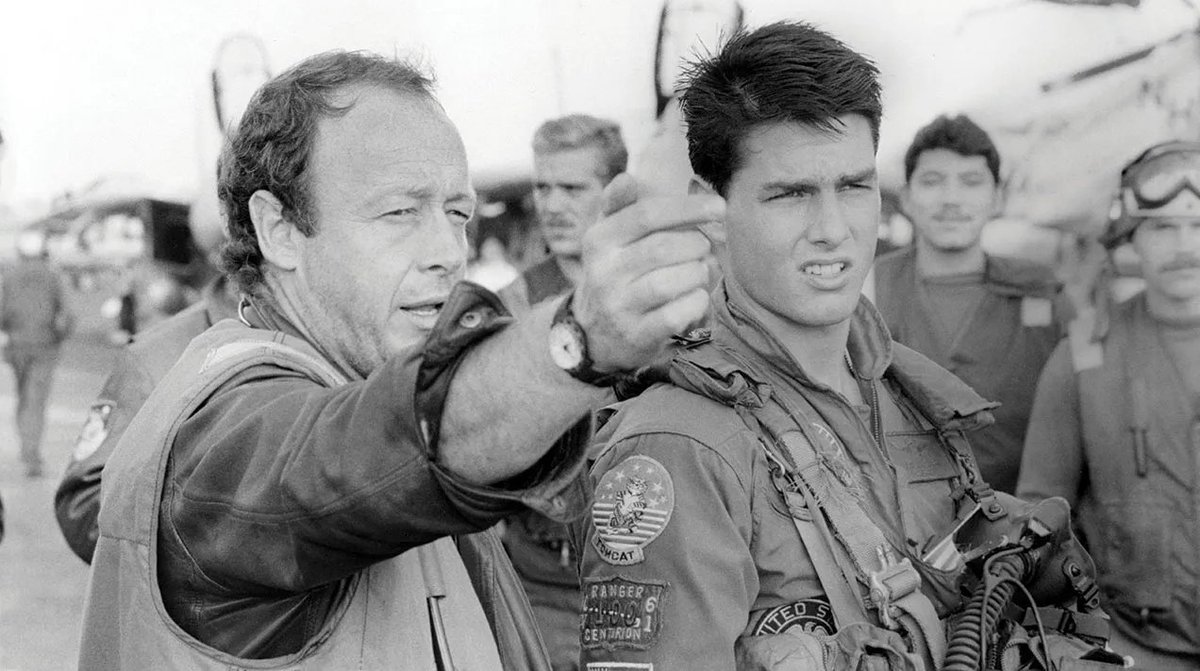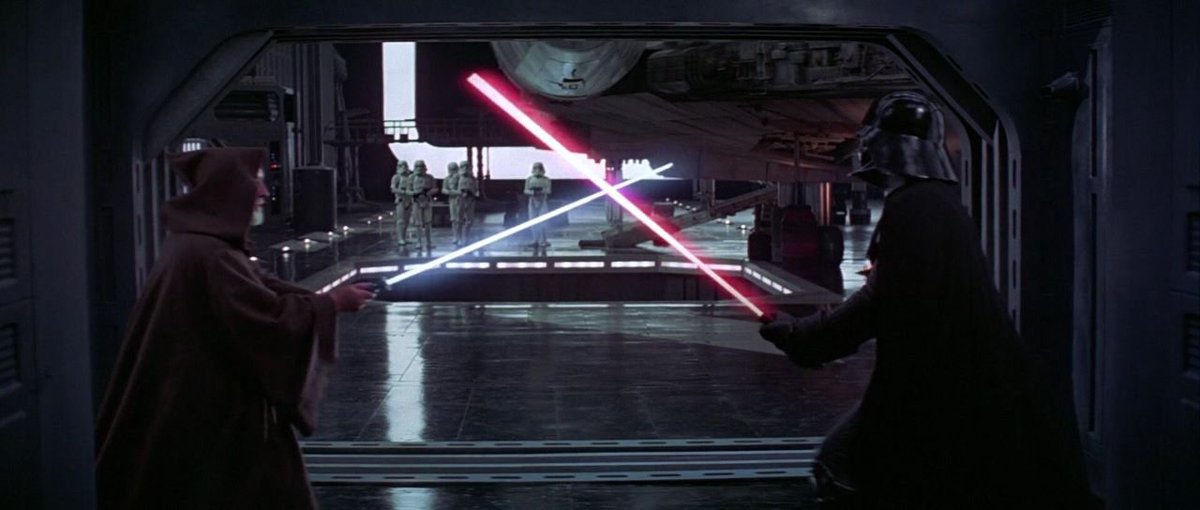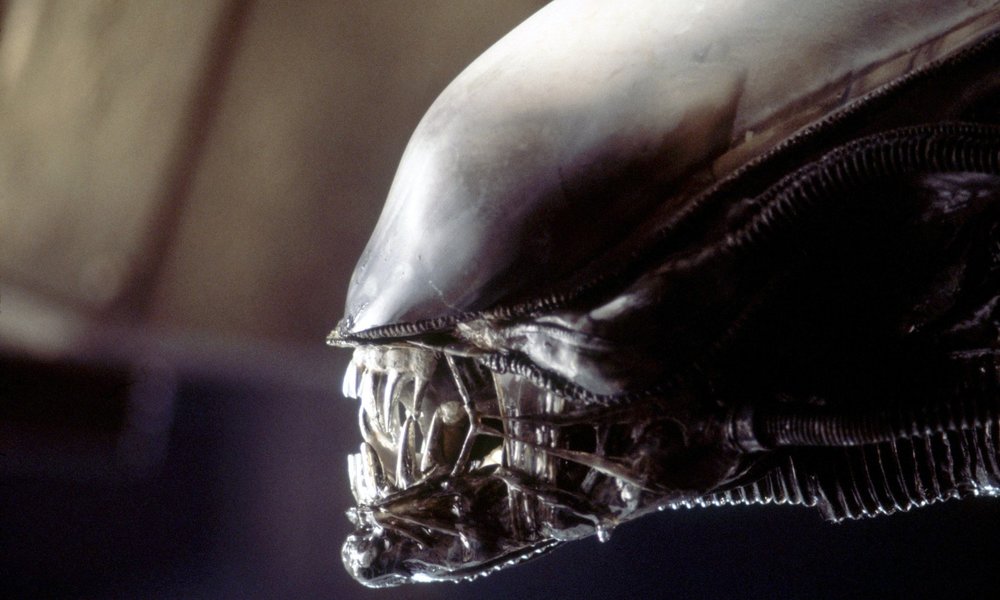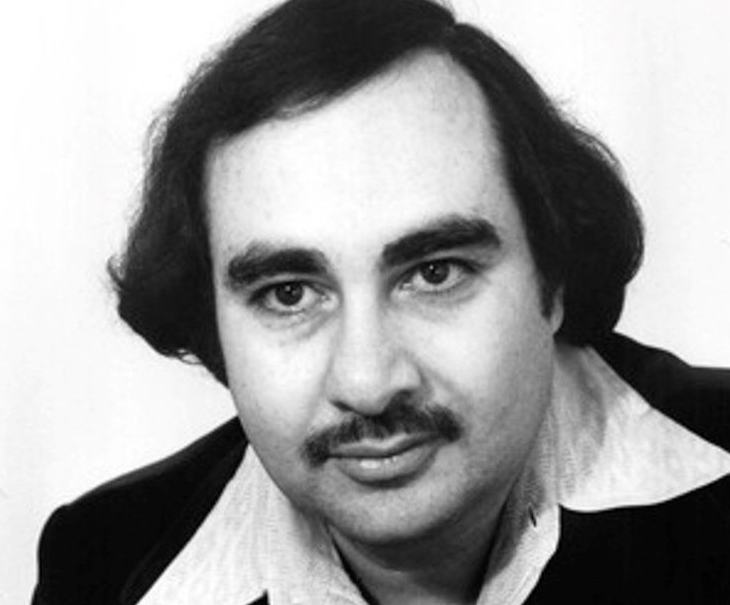PARASITE was released 5 years ago this week. Among the most popular works of South Korean filmmaker Bong Joon-ho, and the first foreign film to win Best Picture at the Oscars, the making of story will have you think something is lurking in your basement…
1/40




1/40



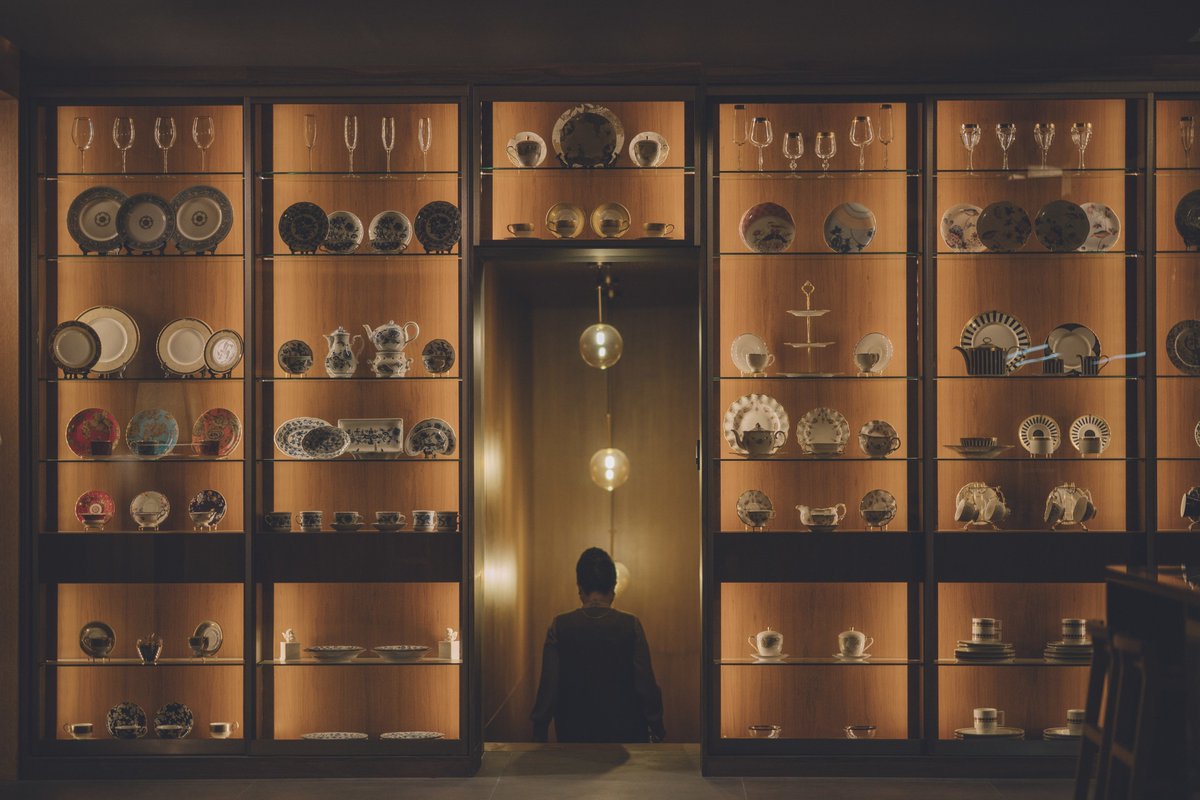
When Bong Joon-ho was working on his 8thfeature film, Snowpiercer, a friend suggested he write a play. Intrigued by the thought, Bong drew inspiration from his youth, when he had served as maths tutor for the son of a wealthy family, and started coming up with ideas.
2/40


2/40


Bong conceived of a story about two families – rich and poor – where one couldn’t survive without the other. The idea was that the stage would be split, one side for each family. But when Bong couldn’t stop thinking about camera shots, he decided it should be a film.
3/40


3/40
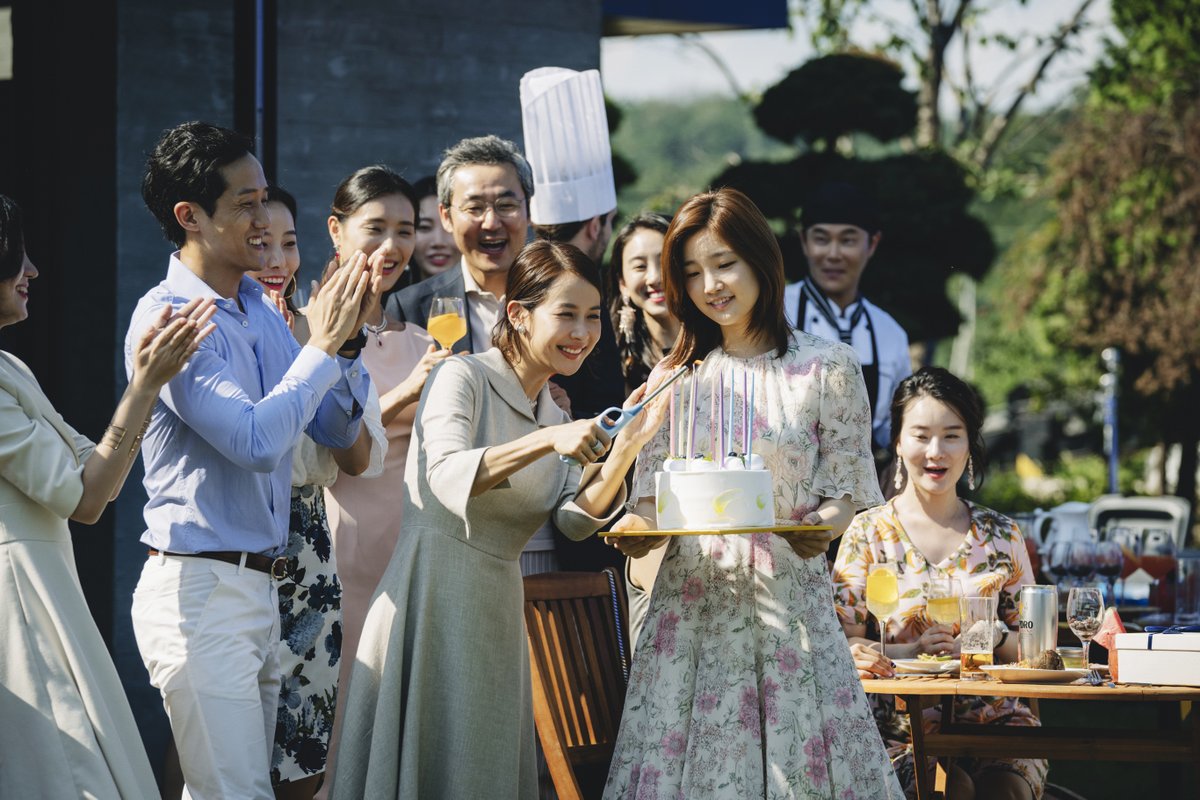

Bong wrote a 15-page treatment outlining the first half of the story, based on which studio CJ Entertainment agreed a $15m budget. About to begin directing his next film, Okja, Bong asked his assistant, Han Jin Won, to help researching the second half of his new idea.
4/40


4/40


Before long, Han was obsessed with his new project and said he was working on it whenever he wasn’t sleeping. He wrote three separate scripts and as son as Bong was free, the two finalised a screenplay together, calling it Parasite.
5/40


5/40


The families are the Kims (poor) and the Parks (rich) As the Kim’s father (and main character), Ki-taek, Bong wanted his long-term collaborator Song Kang-ho. Song agreed without hesitation and Bong later said if he hadn’t, there would have been no film.
6/40


6/40


Kim Ki-woo is the son hired as tutor by the Parks. Bong wrote the part for another actor he had worked with– Choi Woo-shik – who appeared in Okja. Similarly, Lee Jung-eun (also in Okja) was the only person considered to play the Parks’ housekeeper, Gook Moon-gwang.
7/40


7/40


Throughout filming, Choi said he struggled to look Song in the eye as he was so nervous. "For every kid in Korea who wants to be an actor, the idea of working with Song Kang-ho is like a dream… The whole cast was kind of depending on him."
8/40


8/40


The Kim daughter (who pretends to be a therapist) is Ki-jung, played by Park So-dam. During their first meeting, Bong offered Park the part but wouldn’t tell her more than she was the daughter. Park thought he was joking at first, but still accepted the role.
9/40


9/40


The film was originally called The Décalcomanie, a type of art where both sides appear to be identical. Bong changed it to Parasite when he realised the term applied to both families in different ways (and more people would know what it meant).
10/40


10/40


The script took 3 and a half months to write in total and, as part of his research, Han Jin-won spent months interviewing housekeepers, tutors, and chauffeurs. One of the conversations Han had with a chauffeur is repeated almost word-for-word in the movie.
11/40



11/40



Bong later said they were having trouble breaking the story at first but, once they had the idea of the midpoint twist, where Moon-gwang’s husband is living in the Parks’ basement, Bong said the rest of the story came “like a hurricane.”
12/40


12/40


Park Dong-ik is the Park family father, played by Lee Sun-kyun. The character made his wealth from his business, Another Brick. Bong took the name from an album by one of his favourite bands, Pink Floyd. The album being Another Brick In The Wall.
13/40


13/40


While in a different genre, Bong said he was inspired by the storytelling in George Miller’s action classic, Mad Max: Fury Road, saying "That movie never stops, all physical action and movement, it just keeps going going going, but all the background occurs naturally."
14/40


14/40


The Director of Photography on the film was Hong Kyung-pyo, the third time he worked with Bong. The two had a relationship whereby every shot was storyboarded in advance. Everything was so precisely planned that no coverage shots were needed.
15/40



15/40



In many shots, the framing is such that there is a clear line shown to separate the Parks and the Kims and highlight the division between rich and poor.
16/40


16/40


Bong usually works with American film critic Darcy Paquet on his films who consults on script changes. It was Paquet who came up with the name of the Parks’ favourite dish as ‘ram-don’. It was a combination of ramen and udon, dishes from China and Japan.
17/40


17/40


Bong had always planned to release a black-and-white version of the film, and did so in 2020. He shot with this in mind, the idea being that the black-and-white would highlight even more starkly the contrast between the lifestyles of the Parks and the Kims.
18/40


18/40


The opening title uses spirals in its font in place of circles. This was done to have thematic relevance, Bong later saying "a spiral feels like a parasite in our body."
19/40


19/40


The Parks’ son, Da-song (Jung Hyeon-jun), creates a painting that Ki-woo believes to be a self-portrait. With the reveal of Geun-sae midway through, we realise it was actually a recreation of him.
20/40


20/40


Bong said that Hollywood legend Alfred Hitchcock was a major influence on the film, and the painting mentioned above is similar to that seen in Strangers On A Train. This is also why the Parks have a collection of Hitch’s films in their home.
21/40



21/40



Bong also cited Korean classic The Housemaid (1960) as an influence. In that film, a middle-class family’s life is disrupted by their maid. He was also influenced by the real story of Christine and Léa Papin, two French maids who murdered their employers in the 1930s.
22/40


22/40


The Parks' house was a set built entirely from scratch, based on designs by Bong himself. Reportedly, when production designer Lee Ha-Jun consulted an architect for advice on building the set, he was told "no idiot would build houses this way. This is ridiculous."
23/40


23/40


Only the first floor of the Parks’ home is real. The second floor was created digitally using green screen and CGI. The interiors of the second floor and the basement were filmed on a soundstage. Also, trees can be expensive, so they were added in digitally.
24/40


24/40


No expense was spared in the Parks’ home recreation. The trash can we see in the movie was real, and very high end. The production bought it for $2500. Bong said he made sure it was returned in one piece.
25/40


25/40
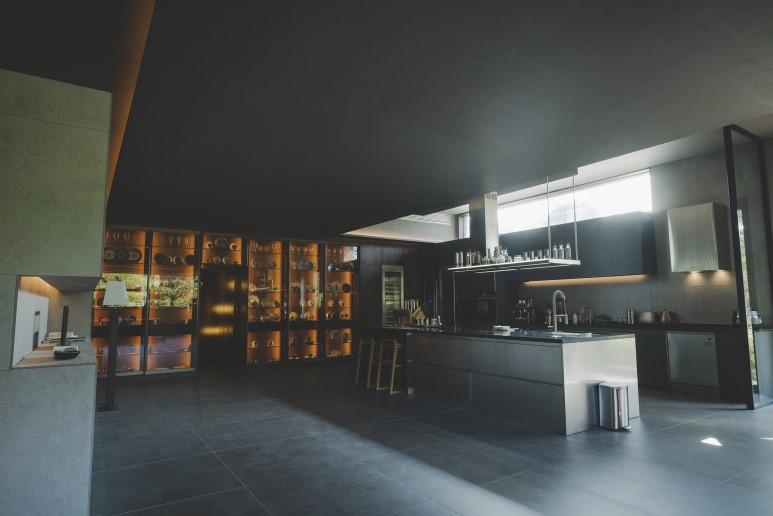

The Kims’ home was also built from scratch as a working set. Bong said he needed "full control" of the space he’d be shooting in so the street outside the window is a facade inside a large water tank, making it easier to flood the home.
26/40


26/40


The film came under some criticism in some areas for the 15+ age rating it received, despite the dry sex scene between the Parks. Bong later said "I'm not that perverted guy. I'm a very light and pleasant man."
27/40


27/40


When Bong had worked as a tutor in his 20s, the family had an indoor sauna. Ever since, this was something he associated with wealth, which is why the Parks have the same thing.
28/40


28/40


In the South Korean version of the film, Ki-jung makes Ki-woo a fake diploma for Yonsei University, one of the most prestigious in Seoul. In international versions, this changed to a diploma for Oxford University to make it easier to understand its significance.
29/40


29/40


Before Ki-woo introduces Ki-jung to the Parks, Ki-sung stands at the door and sings a song to help her remember their fake story. This is a South Koren children’s song used in schools to help children memorise complex lists.
30/40
30/40

Moon-gwang is allergic to peaches in the film, and that has real-life relevance, too. Bong said that one of his college friends was very allergic to peaches and had an attack just by being near one. Bong always found the idea quite cinematic.
31/40


31/40


Ki-woo has a scholar’s stone in the film. Bong said his father used to collect them when he was younger, a Koren practice dating back thousands of years. They would apparently be displayed on the tables of Confucian scholars, hence the name.
32/40


32/40


A recurring visual theme of the film is that of stairs, highlighting the social divide between the families. Staircases show up time and again and Bong apparently called the film “the staircase movie” during production.
33/40




33/40




Another visual motif that crops up often is the use of water – there is a lot of rainfall throughout, and we see the Kims’ home flooded. Bong said "water flows from the rich to the poor, it never flows the other way."
34/40


34/40


Filming the moment the Kims’ house is flooded wasn’t as grim as it may appear. Park So-dam said "Even if it looks really dirty, it was pretty clean water… it was the same product that goes into clays masks for beauty. So it was a really nice skincare system for the cast."
35/40


35/40


The editor of the film was Jinmo Yang, who also worked on Snowpiercer. He edited the film in the Apple editing suite, Final Cut Pro. But not a recent version, he used version 7, which had been discontinued at the time. He was still Oscar-nominated for the film.
36/40


36/40


The song playing when the Kim’s take over the Parks' house is In Ginocchio Da Te by Italian singer Gianni Morandi. In the 1960s, Morandi appeared in musicarello movies - a genre focused on the differences between the rich and poor, which is why Bong used his music.
37/40


37/40


The film ends on a (seemingly) positive, with Ki-woo looking to buy the Parks’ house. Bong said he will never be able to afford it though, which is why we end on the camera going to the basement. He said “I felt that frankness was right, even though it's sad."
38/40


38/40


The song that plays over the end credits is called A Glass of Soju. It was written by Bong Joon Ho and sung by Choi Woo-sik. The original title was 564 Years, the time Ki-woo would have to work to earn the money to buy the house.
39/40


39/40

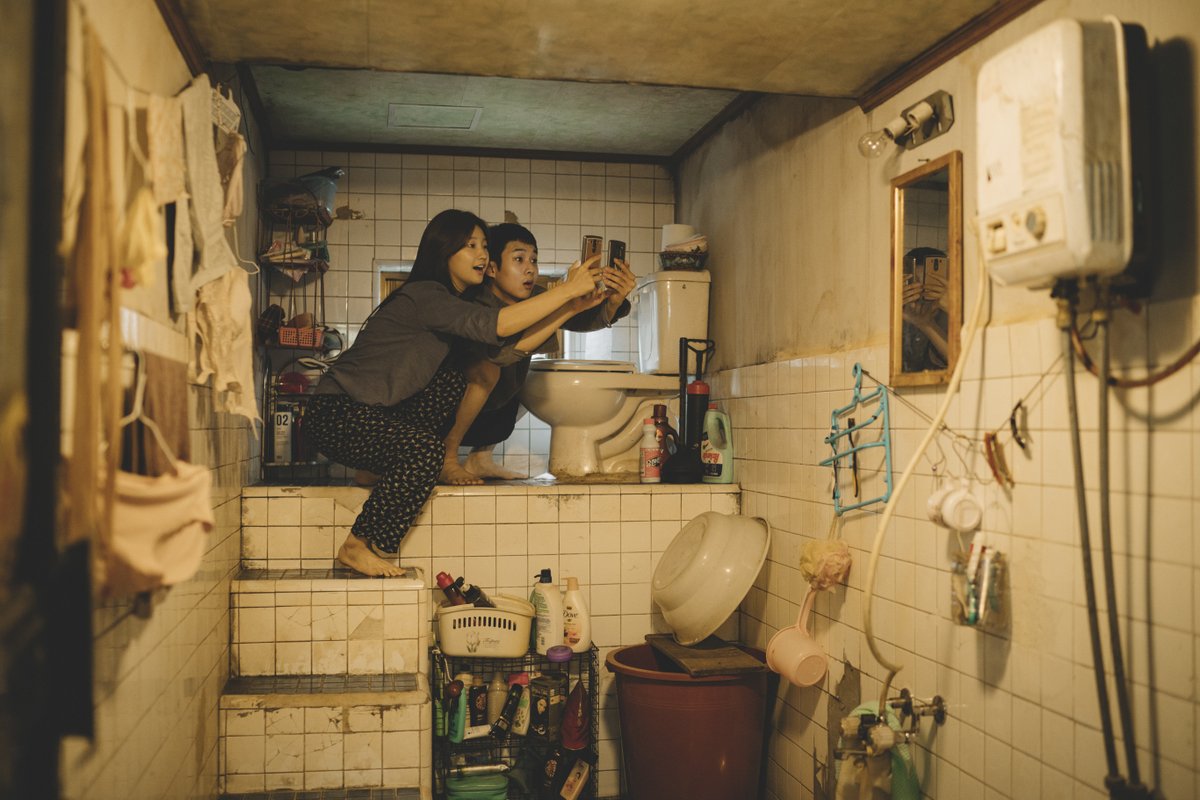
Parasite released to huge acclaim. It was the first Korean film to win the Palme d’Or at Cannes, and the first to win Best Picture, Best Director, and Best Original Screenplay at the Oscars. From its $15m budget, it grossed $263m worldwide.
40/40




40/40




If you liked this our story on the making of PARASITE, please share the opening post 😀
https://x.com/ATRightMovies/status/1796470316568576057
• • •
Missing some Tweet in this thread? You can try to
force a refresh














